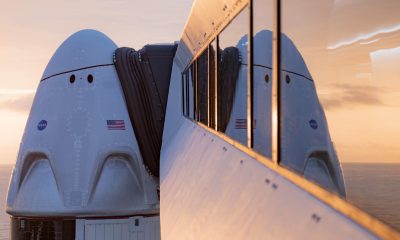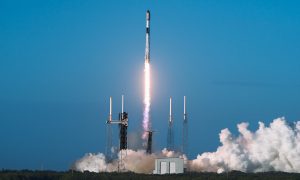

News
Rocket Lab’s 12th Electron mission “Don’t Stop Me Now” ready for launch
During the height of the global coronavirus pandemic, SpaceX and United Launch Alliance (ULA) missions from Florida were deemed “critical infrastructure” by the US federal government. This allowed the launchers to create safe working environments supporting rocket production and steady launch cadences. However, the nation’s most prominent launcher of smallsats, Rocket Lab, headquartered in Long Beach, California took a different approach halting all production and launch related operations. Although headquartered in the US, Rocket Lab manufactures its Electron rocket in Auckland, New Zealand, and launches from its Launch Complex 1 on New Zealand’s Mahia Peninsula.
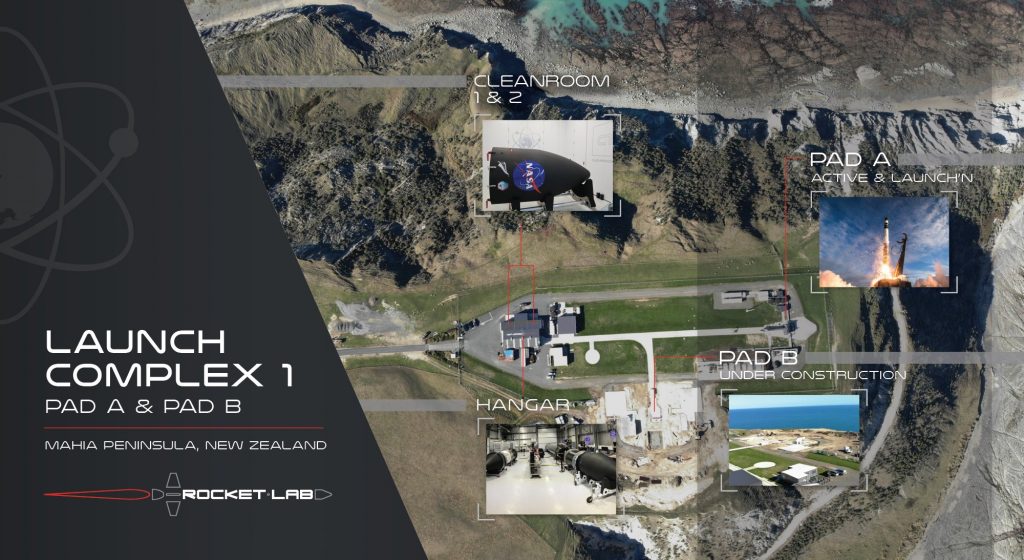
Soon after the New Zealand government initiated a strict nationwide Level 4 lockdown requiring all residents, except essential workers, to remain at home on March 23rd, Rocket Lab stood down from operational missions. Unlike in the United States, the launching and production of rockets were not deemed critical in New Zealand and could not proceed. The lockdown went into place just five days ahead of the company’s scheduled twelfth launch of Electron on March 30th. Rocket Lab announced that the “Don’t Stop Me Now” launch (named in honor of a Rocket Lab board member that recently passed away) would be postponed but did not announce a new launch date as, at the time, it was unknown just how long the nationwide Level 4 lockdown would last.
In early May, Rocket Lab was allowed to return to operational status as pandemic restrictions began to lift in New Zealand. Company founder and chief executive officer, Peter Beck, announced on Twitter that the Electron rocket had returned to LC-1 to complete a wet dress rehearsal (WDR) ahead of announcing a new targeted launch date. Rocket Lab then confirmed that all WDR objectives had been successfully met and the twelfth Electron mission would be proceeding to a targeted launch date in early June.
That's a perfect wet dress rehearsal done and dusted for our 12th Electron mission! We're excited to be back on the pad and launching soon for @NatReconOfc, @NASA, and UNSW Canberra Space. Stay tuned for launch window dates soon! pic.twitter.com/o8oM4fe5jO— Rocket Lab (@RocketLab) May 7, 2020
Rocket Lab was quick to return to launch procedures as the Electron vehicle and LC-1 remained in “a state of readiness throughout the COVID-19 lockdown.” In a statement issued soon after the successful WDR, the company assured that “enhanced health and safety processes will be implemented for this launch in line with government health advice to protect Rocket Lab personnel. These measures include physical distancing, split shifts, maintaining contact tracing registers, and enhanced cleaning procedures.”
pic.twitter.com/N9x9saYPEe— Rocket Lab (@RocketLab) June 9, 2020
The twelfth “Don’t Stop Me Now” Electron mission is designated as a rideshare which will carry multiple smallsat payloads to orbit for NASA, the National Reconnaissance Office (NRO), and University of New South Wales (UNSW) Canberra Space. Electron’s Kick Stage propelled by the 3D-printed Curie engine will deliver the ANDESITE (Ad-Hoc Network Demonstration for Extended Satellite-Based Inquiry and Other Team Endeavors) spacecraft developed by teams at Boston University under NASA’s CubeSat Launch Initiative (CSLI). It will use a series of minisatellites to measure the electrical currents of the Earth’s magnetic field from low Earth orbit. The payload carried for the NRO, Rapid Acquisition of a Small Rocket (RASR) contract vehicle, follows a previously NRO-dedicated mission launched in January 2020. Finally, the twelfth launch of the Electron will also support the M2 Pathfinder (M2PF) communications satellite to low Earth orbit UNSW Canberra Space.
The next mission from #UNSWCBR Space, M2 Pathfinder, is launching on @RocketLab's Mission 12 “Don’t Stop Me Now” on June 11.
M2PF is a significant next step in flight heritage for our program of developing intelligent space systems and the development of Australian capability. pic.twitter.com/dseWRUzhzP— UNSW Canberra (@UNSWCanberra) May 29, 2020
“Don’t Stop Me Now” has a fourteen day launch widow extending from June 11th to June 24th with a daily launch opportunity during a two-hour window 04:43 – 06:32 UTC (00:43 – 02:32 EDT). The Rocket Lab team is currently counting down to the first launch attempt scheduled for Thursday, June 11th at the top of the window at 04:43UTC (00:43 EDT) from LC-1 in Mahia, New Zealand. Fifteen minutes ahead of the launch attempt, a live stream will be posted to Rocket Lab’s social media accounts and made available on the company’s website: www.rocketlabusa.com/live-stream.
Check out Teslarati’s newsletters for prompt updates, on-the-ground perspectives, and unique glimpses of SpaceX’s rocket launch and recovery processes.
Elon Musk
Why Tesla’s Q3 could be one of its biggest quarters in history
Tesla could stand to benefit from the removal of the $7,500 EV tax credit at the end of Q3.

Tesla has gotten off to a slow start in 2025, as the first half of the year has not been one to remember from a delivery perspective.
However, Q3 could end up being one of the best the company has had in history, with the United States potentially being a major contributor to what might reverse a slow start to the year.
Earlier today, the United States’ House of Representatives officially passed President Trump’s “Big Beautiful Bill,” after it made its way through the Senate earlier this week. The bill will head to President Trump, as he looks to sign it before his July 4 deadline.
The Bill will effectively bring closure to the $7,500 EV tax credit, which will end on September 30, 2025. This means, over the next three months in the United States, those who are looking to buy an EV will have their last chance to take advantage of the credit. EVs will then be, for most people, $7,500 more expensive, in essence.
The tax credit is available to any single filer who makes under $150,000 per year, $225,000 a year to a head of household, and $300,000 to couples filing jointly.
Ending the tax credit was expected with the Trump administration, as his policies have leaned significantly toward reliance on fossil fuels, ending what he calls an “EV mandate.” He has used this phrase several times in disagreements with Tesla CEO Elon Musk.
Nevertheless, those who have been on the fence about buying a Tesla, or any EV, for that matter, will have some decisions to make in the next three months. While all companies will stand to benefit from this time crunch, Tesla could be the true winner because of its sheer volume.
If things are done correctly, meaning if Tesla can also offer incentives like 0% APR, special pricing on leasing or financing, or other advantages (like free Red, White, and Blue for a short period of time in celebration of Independence Day), it could see some real volume in sales this quarter.
You can now buy a Tesla in Red, White, and Blue for free until July 14 https://t.co/iAwhaRFOH0
— TESLARATI (@Teslarati) July 3, 2025
Tesla is just a shade under 721,000 deliveries for the year, so it’s on pace for roughly 1.4 million for 2025. This would be a decrease from the 1.8 million cars it delivered in each of the last two years. Traditionally, the second half of the year has produced Tesla’s strongest quarters. Its top three quarters in terms of deliveries are Q4 2024 with 495,570 vehicles, Q4 2023 with 484,507 vehicles, and Q3 2024 with 462,890 vehicles.
Elon Musk
Tesla Full Self-Driving testing continues European expansion: here’s where
Tesla has launched Full Self-Driving testing in a fifth European country ahead of its launch.
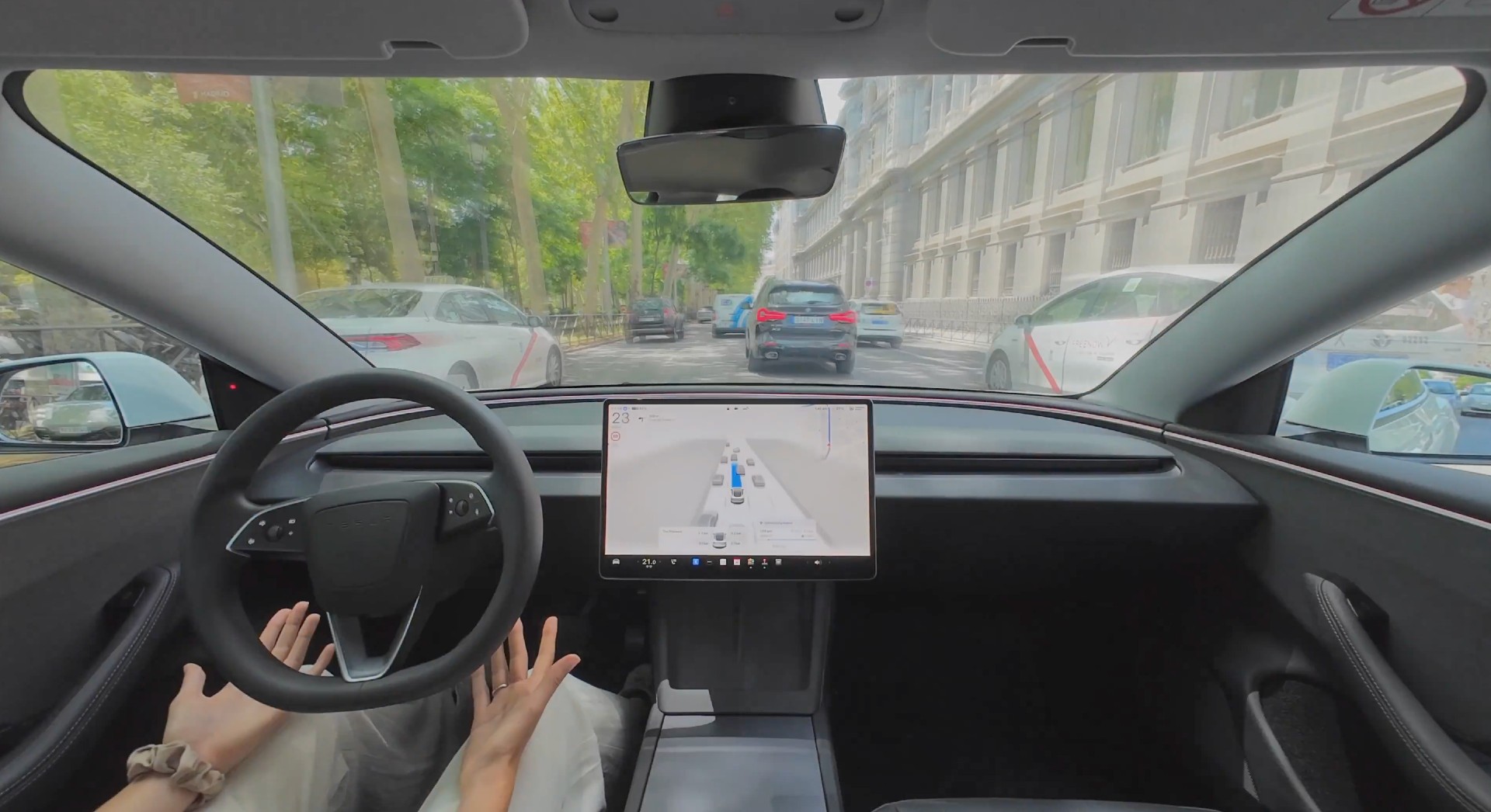
Tesla Full Self-Driving is being tested in several countries across Europe as the company prepares to launch its driver assistance suite on the continent.
The company is still working through the regulatory hurdles with the European Union. They are plentiful and difficult to navigate, but Tesla is still making progress as its testing of FSD continues to expand.
Today, it officially began testing in a new country, as more regions open their doors to Tesla. Many owners and potential customers in Europe are awaiting its launch.
On Thursday, Tesla officially confirmed that Full Self-Driving testing is underway in Spain, as the company shared an extensive video of a trip through the streets of Madrid:
Como pez en el agua …
FSD Supervised testing in Madrid, Spain
Pending regulatory approval pic.twitter.com/txTgoWseuA
— Tesla Europe & Middle East (@teslaeurope) July 3, 2025
The launch of Full Self-Driving testing in Spain marks the fifth country in which Tesla has started assessing the suite’s performance in the European market.
Across the past several months, Tesla has been expanding the scope of countries where Full Self-Driving is being tested. It has already made it to Italy, France, the Netherlands, and Germany previously.
Tesla has already filed applications to have Full Self-Driving (Supervised) launched across the European Union, but CEO Elon Musk has indicated that this particular step has been the delay in the official launch of the suite thus far.
In mid-June, Musk revealed the frustrations Tesla has felt during its efforts to launch its Full Self-Driving (Supervised) suite in Europe, stating that the holdup can be attributed to authorities in various countries, as well as the EU as a whole:
Tesla Full Self-Driving’s European launch frustrations revealed by Elon Musk
“Waiting for Dutch authorities and then the EU to approve. Very frustrating and hurts the safety of people in Europe, as driving with advanced Autopilot on results in four times fewer injuries! Please ask your governing authorities to accelerate making Tesla safer in Europe.”
Waiting for Dutch authorities and then the EU to approve.
Very frustrating and hurts the safety of people in Europe, as driving with advanced Autopilot on results in four times fewer injuries!
Please ask your governing authorities to accelerate making Tesla safer in Europe. https://t.co/QIYCXhhaQp
— Elon Musk (@elonmusk) June 11, 2025
Tesla said last year that it planned to launch Full Self-Driving in Europe in 2025.
Elon Musk
xAI’s Memphis data center receives air permit despite community criticism
xAI welcomed the development in a post on its official xAI Memphis account on X.
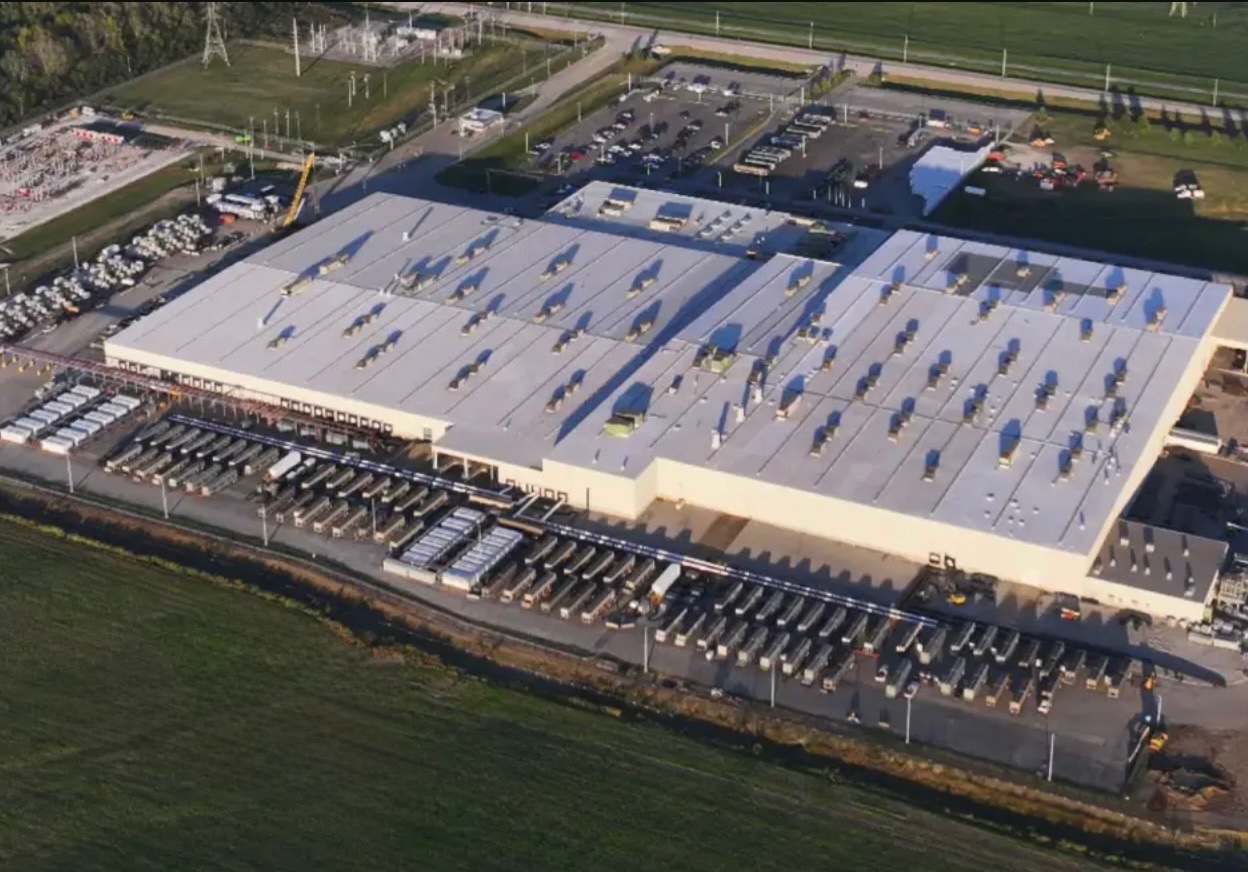
Elon Musk’s artificial intelligence startup xAI has secured an air permit from Memphis health officials for its data center project, despite critics’ opposition and pending legal action. The Shelby County Health Department approved the permit this week, allowing xAI to operate 15 mobile gas turbines at its facility.
Air permit granted
The air permit comes after months of protests from Memphis residents and environmental justice advocates, who alleged that xAI violated the Clean Air Act by operating gas turbines without prior approval, as per a report from WIRED.
The Southern Environmental Law Center (SELC) and the NAACP has claimed that xAI installed dozens of gas turbines at its new data campus without acquiring the mandatory Prevention of Significant Deterioration (PSD) permit required for large-scale emission sources.
Local officials previously stated the turbines were considered “temporary” and thus not subject to stricter permitting. xAI applied for an air permit in January 2025, and in June, Memphis Mayor Paul Young acknowledged that the company was operating 21 turbines. SELC, however, has claimed that aerial footage shows the number may be as high as 35.
Critics are not giving up
Civil rights groups have stated that they intend to move forward with legal action. “xAI’s decision to install and operate dozens of polluting gas turbines without any permits or public oversight is a clear violation of the Clean Air Act,” said Patrick Anderson, senior attorney at SELC.
“Over the last year, these turbines have pumped out pollution that threatens the health of Memphis families. This notice paves the way for a lawsuit that can hold xAI accountable for its unlawful refusal to get permits for its gas turbines,” he added.
Sharon Wilson, a certified optical gas imaging thermographer, also described the emissions cloud in Memphis as notable. “I expected to see the typical power plant type of pollution that I see. What I saw was way worse than what I expected,” she said.
-

 Elon Musk3 days ago
Elon Musk3 days agoTesla investors will be shocked by Jim Cramer’s latest assessment
-

 News1 week ago
News1 week agoTesla Robotaxi’s biggest challenge seems to be this one thing
-

 News2 weeks ago
News2 weeks agoTexas lawmakers urge Tesla to delay Austin robotaxi launch to September
-

 Elon Musk2 weeks ago
Elon Musk2 weeks agoFirst Look at Tesla’s Robotaxi App: features, design, and more
-
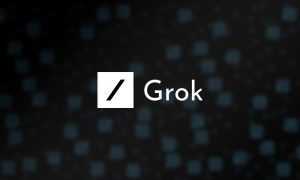
 Elon Musk2 weeks ago
Elon Musk2 weeks agoxAI’s Grok 3 partners with Oracle Cloud for corporate AI innovation
-

 News2 weeks ago
News2 weeks agoSpaceX and Elon Musk share insights on Starship Ship 36’s RUD
-

 News2 weeks ago
News2 weeks agoWatch Tesla’s first driverless public Robotaxi rides in Texas
-

 News2 weeks ago
News2 weeks agoTesla has started rolling out initial round of Robotaxi invites








